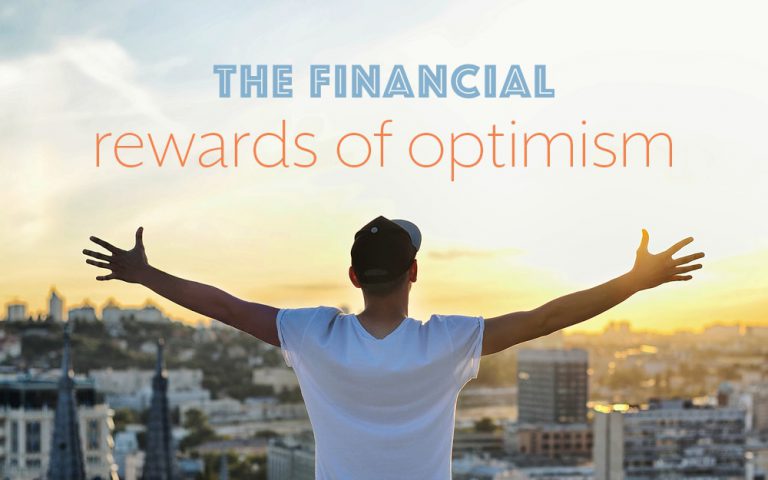There’s nothing quite like the joy of spending hours on end playing with a puppy. Or the sensation of sheer freedom taking a horse out for a gallop. Or the feeling when your cat settles on your lap and starts purring like a tractor. Pets become part of the family in no time. You might not even realise it’s happened until someone refers to the dog as ‘the baby’ or ‘your sister’.
In fact, there’s one aspect of pet ownership in Australia that’s more like child-rearing than many of us would like to admit. In the first year of life, parents spend about $7,488 on their (human) babies. Costs for the first year of pet ownership can reach $5,200.i
That sounds like a lot, until you start writing it all down. The first cost is actually purchasing or paying the adoption fee for the pet. Then there’s microchipping, council rego, multiple vet costs, accessories, and training. Ongoing costs can include things like food, litter, treats, grooming, walking and boarding when you go away on holiday. Many people only consider food when planning their ongoing pet budget, figuring that it’s the only true must-have. In truth, it can be just a small portion of the annual bill. It is estimated that over the average lifespan of a dog, owners will spend more than $25,000 per animal.i
Spoiling our ‘fur babies’
If you think the above mentioned costs sound like a lot, consider what some people spend on treats, accessories and ‘experiences’ for their furry pals. A world apart from basic kennels, luxury ‘pet hotels’ offer pampered pooches and felines exclusive suites with full sized beds, swimming pools, spa treatments and regular Skype calls with the owner – for up to $100 per day. The rise of designer pet boutiques like Dogue says something about the way pets have shifted from working animals to fashion accessories. At these high-end stores, you can pick up a dapper bowtie for $60, designer bed for $180, high tech raincoat for $150, or Swarovski crystal collar for $70.
Looking after their health
While it’s possible to forego the luxury treats, keeping your pets in good health is an essential, but sometimes significant, expense. Many cat, dog and bird breeds have common health problems that can crop up sooner than expected, and get worse as the animal ages. These include breathing disorders, joint disease, and even cancer. These problems may require surgery or medical intervention that can cost several thousand dollars to resolve. A hip replacement can cost $6,000. Canine cancer treatment may cost $10,000-$20,000, once diagnostics, surgery, chemotherapy and follow-up care are factored in.ii
Growing uptake rates show Aussies are increasingly using pet insurance to mitigate unexpected vet bills.iii Insurance is available for accidents only, accidents and illness, or all vet bills including routine care. The monthly premium can vary depending on variables like breed and age.
If you decide that you don’t want to take up insurance it’s important to make sure that you can manage to cover unforeseen medical emergencies.
Worth the expense
All in all, any loving pet owner would agree – having a pet is well worth the cost. They can provide endless entertainment, companionship for older people, life lessons in caring for kids, a great reason to exercise, and unconditional love. We all want to give our furry friends a full life and budgeting for both the ongoing and unexpected costs can ease the strain.
i https://www.moneysmart.gov.au/life-events-and-you/life-events/getting-a-pet/the-cost-of-a-pet
ii http://www.smh.com.au/environment/animals/top-treatment-for-pet-patients-20120913-25uwe.html
iii http://www.ibisworld.com.au/industry/default.aspx?indid=623




































































